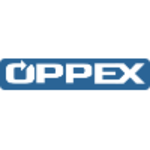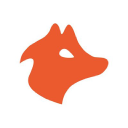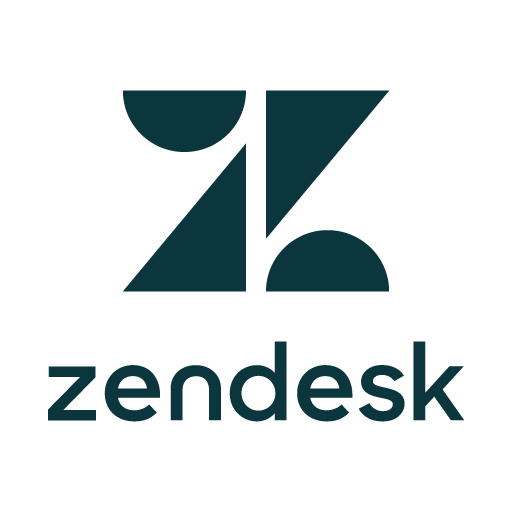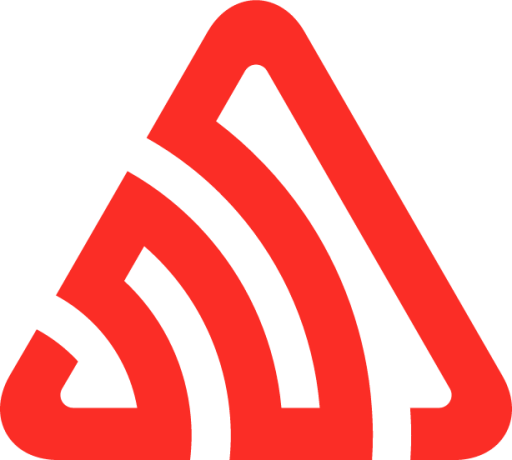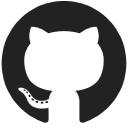How We Built A Profitability Tool For Service Companies And Earn $1.24M/year
Hello! Who are you and what business did you start?
Hi, my name is Santi Bibiloni and I founded COR in 2016 with Jose Gettas and Gabriel Marin.
COR is Silicon Valley´s next-generation solution for Advertising Agencies and Professional Services firms that intelligently suggests how to manage projects, finances, and resources in a single platform.
At COR we enable agencies like Ogilvy, VMLY&R, Wunderman Thompson, GREY, BBDO, DDB, TBWA, FCB, Mullenlowe, McCann, Leo Burnett, Saatchi & Saatchi, Havas, Dentsu, and many more, to bring best practices in and become more profitable.
Our mission is to accompany creative and professional teams in making decisions to increase their profitability, customer loyalty, and improve the organization of their work.
Creative and professional teams are moving forward, so is COR´s purpose.
After almost 5 years in the market, our current MRR is $103k and just closed our Series A round having raised $6M.

Download the report and join our email newsletter packed with business ideas and money-making opportunities, backed by real-life case studies.

Download the report and join our email newsletter packed with business ideas and money-making opportunities, backed by real-life case studies.

Download the report and join our email newsletter packed with business ideas and money-making opportunities, backed by real-life case studies.

Download the report and join our email newsletter packed with business ideas and money-making opportunities, backed by real-life case studies.

Download the report and join our email newsletter packed with business ideas and money-making opportunities, backed by real-life case studies.

Download the report and join our email newsletter packed with business ideas and money-making opportunities, backed by real-life case studies.

Download the report and join our email newsletter packed with business ideas and money-making opportunities, backed by real-life case studies.

Download the report and join our email newsletter packed with business ideas and money-making opportunities, backed by real-life case studies.

